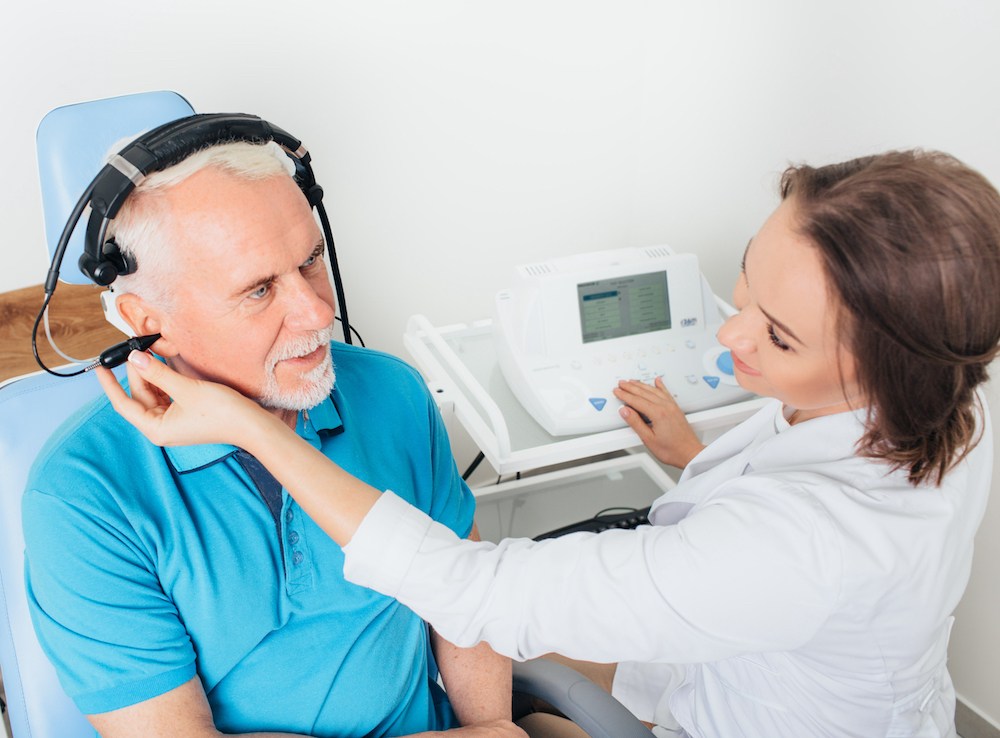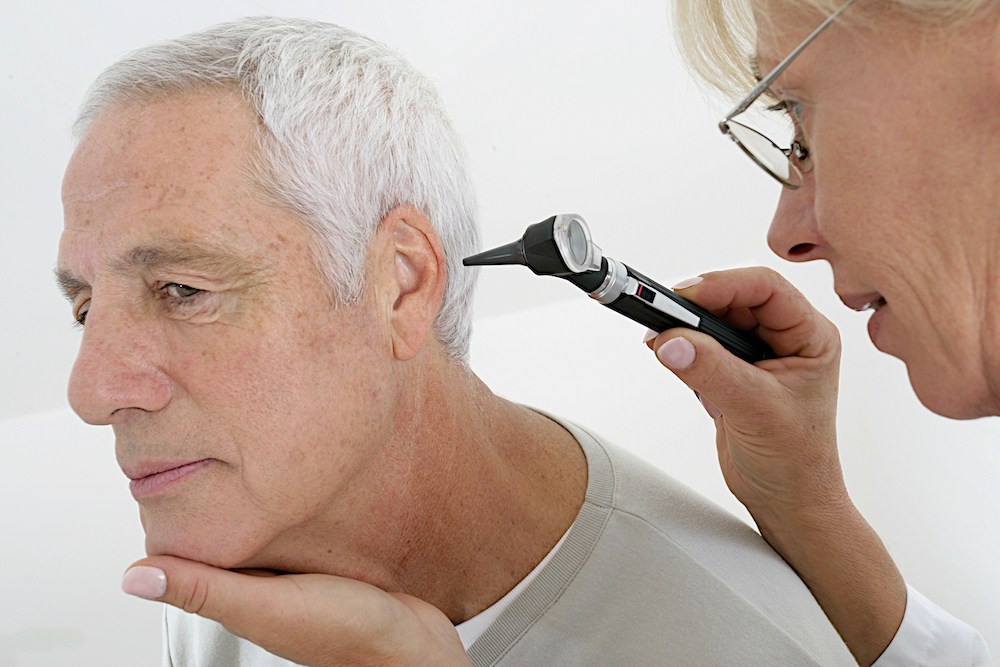The Importance of Regular Check-Ups with a Hearing Instrument Specialist
There’s not overestimating how important screening tests and regular


There’s not overestimating how important screening tests and regular

If you are one of the 48-million Americans who experience some degree of

During a hearing aid fitting there are several steps. Your hearing health